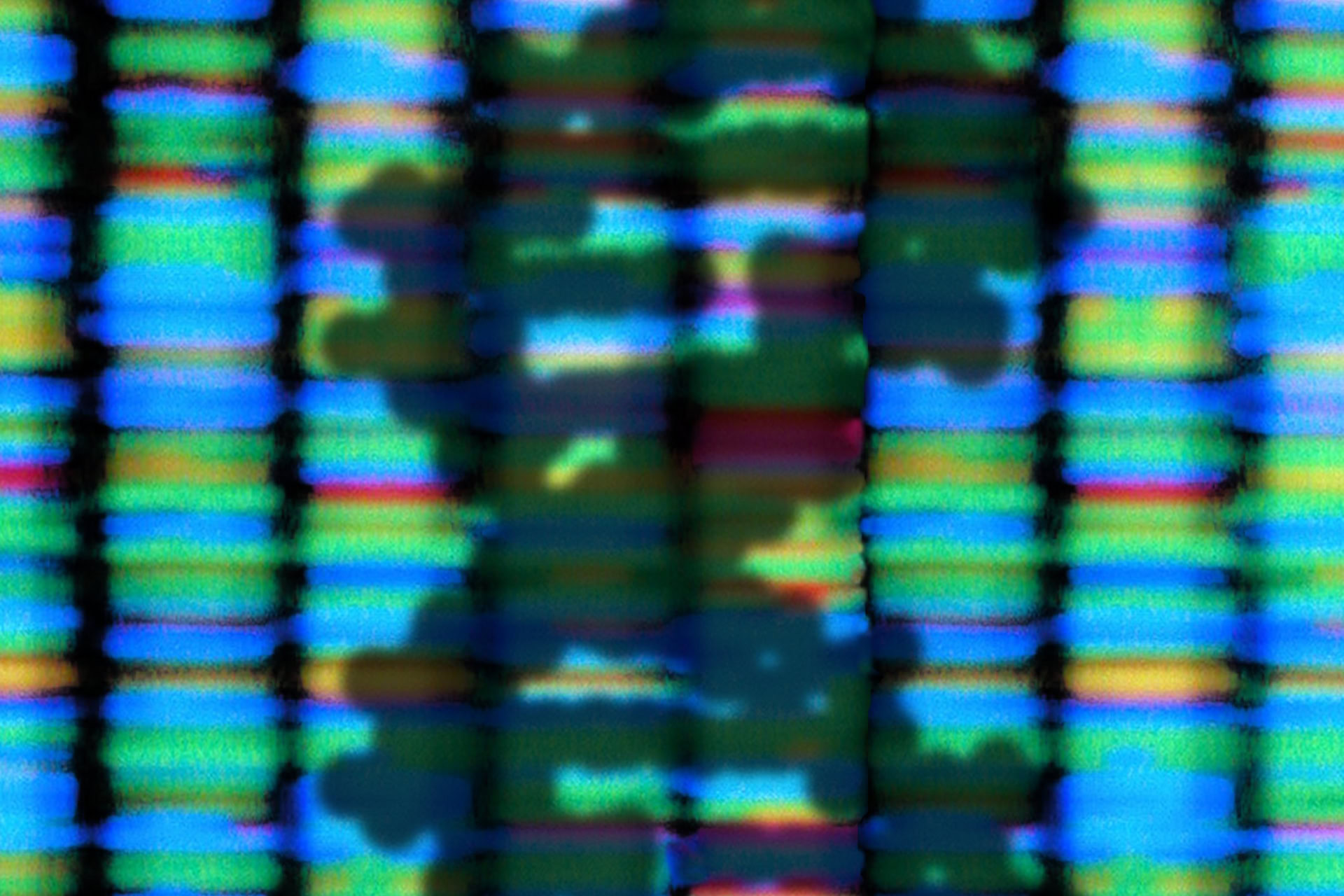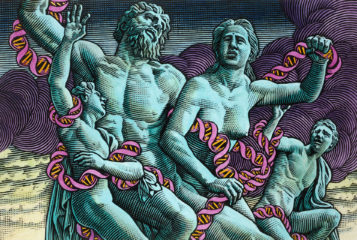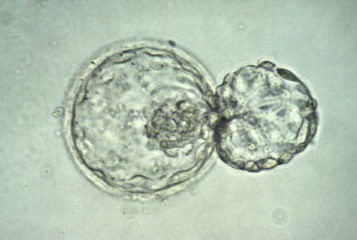Each year around 2,800 people in the UK have a stem cell transplant (1), without which they would have shortly faced death, usually from a blood cancer or another blood disorder. There are a further 400 to 800 patients each year who are unable to find a matching donor.
When a patient's own cells are inappropriate for their treatment or where there is no matching sibling donor available, the patient's only chance is to find an unrelated donor whose tissue type, also referred to as their Human Leukocyte Antigen (HLA) type, matches sufficiently. Finding these matching cells is what we have been doing at Anthony Nolan for nearly 40 years and the race of a patient is a real factor in how likely they are to match with a donor.
While Europeans are often described as 'white', it only takes a visit to the cosmetics counter at your nearest department store to realise that quite a range of skin tones fall into that category and that some 'white' shades might fall as easily into another racial description. Differences in genetic characteristics between one race and another are best thought of in terms of probabilities rather than rigid demarcations. Putting it another way, Roman noses may be common among Romans but not all Romans have a Roman nose and not all owners of a Roman nose are indeed of Roman descent. A person's HLA type is as closely related to their racial background as their physical characteristics, for example their facial shape or skin colour.
To investigate HLA type is to look at the movements of populations since the birth of our species. Indeed, the mass migrations of your ancestors will have a direct impact on how easy it is to find a donor. Our species had thousands of tissue types available at its outset and each generation has added more through mutation - the process we call evolution.
Races, as we think of them, have complex patterns of tissue types within them. Some variants may be spread widely across the globe but represented by differing frequencies between populations, while others may be specific to a single population.
Certain HLA types are much more likely to occur in Africa, Europe, South America or other parts of the world. Japanese tissue types are distinctive as are Australian Aboriginal tissue types. A white, northern European patient is most likely to be matched with a white northern European donor and a Japanese donor is most likely to help a Japanese patient, yet you couldn't rule out finding a donor across this divide unless you were looking at a very rare tissue type.
Populations that have stayed insular over many generations have genetic similarities; what we call consanguinity. This can be on the basis of geography - for example there are tissue types we associate with Japan, where there has been a historic caution towards outsiders - or other cultural factors; for instance there are patterns more closely associated with Jewish people than with others.
If you have a Japanese patient who needs an unrelated donor, the mission is clear; to find as many Japanese people as possible to join the register and to check their tissue type against that of the patient. A patient who is half-Japanese and half-European has a much harder time. Depending on what genes they acquired from each parent, you would probably need to find as many potential donors as possible with the same heritage, of which there are likely to be few, in order to find a match. But at least you know who you are looking for: probably someone who is half-European and half-Japanese. The challenge for a black Briton can be much harder.
If you are a black African-Caribbean British patient, your HLA type could come from a mix of African origins, with perhaps some native South American genes and also a possibility of white northern European ancestry. We don't know which of these you have in your tissue type until we look. If you have this breadth of diversity in your genes, you would need a donor with similar diversity.
This is reflected in how easy it is to find matching donors. While we might class 20 percent of white British patients as hard to match, 60 percent of black or mixed race British patients could be described in the same way. In the UK the NHS will seek out umbilical cord cells (which require a lesser degree of tissue matching for success) for a patient who cannot find a matching adult donor, but the availability of such cells is limited and the cost is high. Clinicians will also, when appropriate, consider a transplant from a donor who is less well matched, though the risks of rejection for the patient are higher.
We search all the world's registers when we are seeking a donor; this is over 18 million prospective donors. But the nations that have well-developed donor registers are by definition the same nations where they have facilities to provide stem cell transplants for their domestic patients. This corresponds clearly with the developmental status of a nation, which itself is not irrelevant to race.
In Britain the added difficulties of finding a match for ethnic minority or mixed race patients are reflected not only in the increased likelihood of finding no match at all, or in being forced to use a less than perfect match, but also in the cost to the NHS of the provision of cells for transplant.
A black or minority ethnic (BME) patient is more likely to need cells from abroad rather than from a UK donor, which adds to the cost. They will also be more likely to need an umbilical cord transplant (because of the lesser matching requirement), which is also more expensive and, if they are an adult, it may take two cords to effect the treatment. If a readily matched adult patient secures an adult British donor, the cost to the NHS of these cells is in the region of £13,000. A difficult to match patient may require two cord units imported from abroad while frozen, which could cost £70,000.
It is clear that race is a huge factor in the field of blood stem cell transplantation, though the definition of 'race' we would use is more complex than drawing arbitrary lines through the geographical or genetic map. Studies of neighbouring but culturally distinct peoples have often shown that they are genetically indistinguishable.
The challenge for health policy-makers is to ensure the standard of care and the expectation of survival that patients can hope for does not differ on grounds of race simply because of that cost differential.






Leave a Reply
You must be logged in to post a comment.